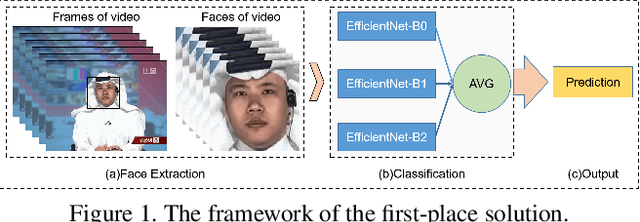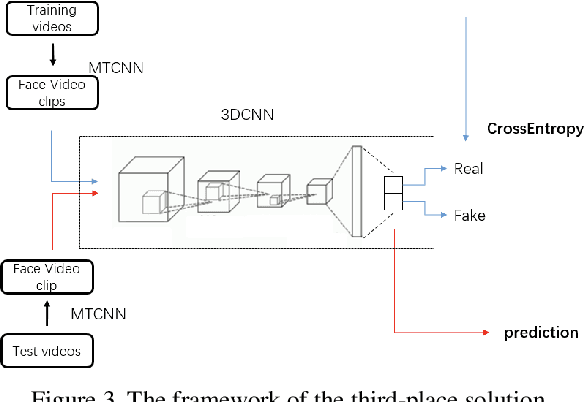Peiyu Zhuang
ReLoc: A Restoration-Assisted Framework for Robust Image Tampering Localization
Nov 08, 2022Abstract:With the spread of tampered images, locating the tampered regions in digital images has drawn increasing attention. The existing image tampering localization methods, however, suffer from severe performance degradation when the tampered images are subjected to some post-processing, as the tampering traces would be distorted by the post-processing operations. The poor robustness against post-processing has become a bottleneck for the practical applications of image tampering localization techniques. In order to address this issue, this paper proposes a novel restoration-assisted framework for image tampering localization (ReLoc). The ReLoc framework mainly consists of an image restoration module and a tampering localization module. The key idea of ReLoc is to use the restoration module to recover a high-quality counterpart of the distorted tampered image, such that the distorted tampering traces can be re-enhanced, facilitating the tampering localization module to identify the tampered regions. To achieve this, the restoration module is optimized not only with the conventional constraints on image visual quality but also with a forensics-oriented objective function. Furthermore, the restoration module and the localization module are trained alternately, which can stabilize the training process and is beneficial for improving the performance. The proposed framework is evaluated by fighting against JPEG compression, the most commonly used post-processing. Extensive experimental results show that ReLoc can significantly improve the robustness against JPEG compression. The restoration module in a well-trained ReLoc model is transferable. Namely, it is still effective when being directly deployed with another tampering localization module.
DeeperForensics Challenge 2020 on Real-World Face Forgery Detection: Methods and Results
Feb 18, 2021



Abstract:This paper reports methods and results in the DeeperForensics Challenge 2020 on real-world face forgery detection. The challenge employs the DeeperForensics-1.0 dataset, one of the most extensive publicly available real-world face forgery detection datasets, with 60,000 videos constituted by a total of 17.6 million frames. The model evaluation is conducted online on a high-quality hidden test set with multiple sources and diverse distortions. A total of 115 participants registered for the competition, and 25 teams made valid submissions. We will summarize the winning solutions and present some discussions on potential research directions.
 Add to Chrome
Add to Chrome Add to Firefox
Add to Firefox Add to Edge
Add to Edge